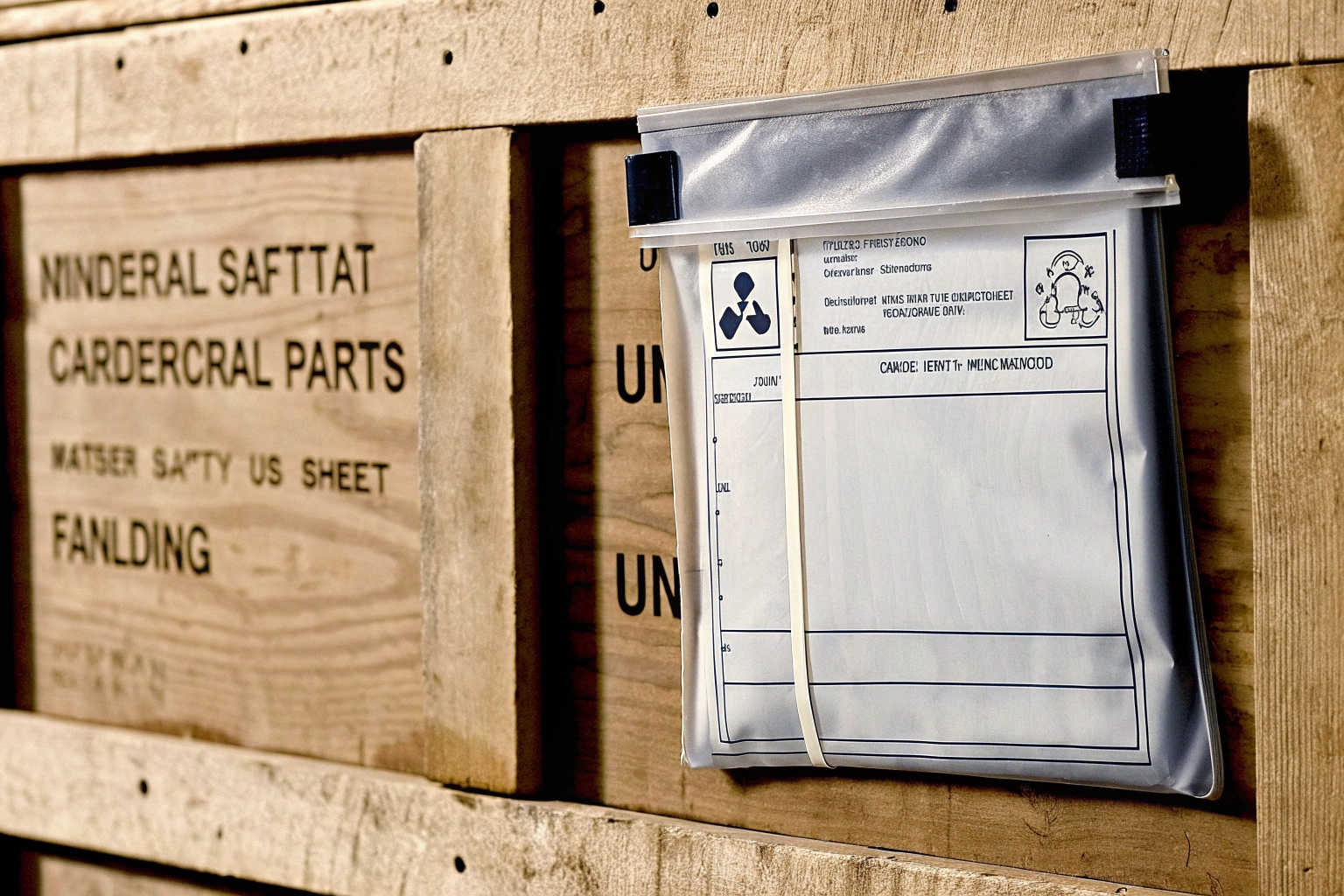
Having the right grease is crucial for maintaining the undercarriage parts of your machinery. When specifications are ignored, issues arise, risking operational effectiveness. Understanding the brand, viscosity, and instructions ensures seamless performance.
Choosing the correct grease involves considering several factors such as the brand, viscosity, and temperature range. Brands like Shell 1, Mobil 2, and Chevron 3 offer options that meet common needs. Viscosity typically is NLGI 2, with operational temperatures ranging from -20°C to 120°C. Grease must be compatible with equipment specifications to avoid warranty voidance.
Understanding these aspects is instrumental in maintaining the efficiency and longevity of your machinery. It’s wise to delve into the specifics of each requirement.
Can you match grease specs with my OEM requirements to avoid warranty issues for my undercarriage parts?
Understanding OEM requirements 4 is critical for maintaining warranty and optimally functioning undercarriage parts. Overlooked specifications could lead to voided warranties and increased costs.
OEM requirements are met by choosing grease brands and types adhering to specific guidelines. Grease types like Lithium Complex 5 or Calcium Sulfonate 6 are often recommended, incorporating additives such as Molybdenum Disulfide 7 for enhanced protection.
Many suppliers ensure grease compatibility with OEM standards through regular assessments and quality checks. This reduces compliance risks, ensuring uninterrupted machine operation and warranty integrity.
Quality Checks
| Brand | Type | Key Additive | Viscosity Grade |
|---|---|---|---|
| Shell | Lithium Complex | Molybdenum Disulfide | NLGI 2 |
| Mobil | Calcium Sulfonate | Molybdenum Disulfide | NLGI 2 |
| Chevron | Lithium Complex | Molybdenum Disulfide | NLGI 2 |
Regular consultations with OEMs and suppliers can help select the most suitable grease. Suppliers like Caterpillar 8 or John Deere 9 provide guidance, ensuring the chosen grease aligns with OEM criteria.
Cold climates present challenges for machinery lubrication. Without suitable grease, machinery may perform inefficiently and incur damage.
Low-temperature viscosity data addresses these challenges by guiding the selection of appropriate grease types, ensuring machinery functions optimally in cold settings. Greases like NLGI Grade 1 are suited for extreme cold.
Considering temperature is essential. Variations can affect machinery, making it crucial to select a grease with the right viscosity for cold climates. This ensures longevity and reliability in challenging conditions.
Temperature Considerations
| Temperature Range | Recommended Grease | Viscosity Grade |
|---|---|---|
| -30°C to 190°C | Premium Synthetic 10 | NLGI 1 |
| -20°C to 150°C | Moly Grease 11 | NLGI 2 |
Utilizing industry standards, it becomes easier to identify which greases can withstand temperature extremes. Suppliers can offer data on low-temperature viscosity, optimizing equipment performance for northern sites.
Can I specify a U.S.-approved grease brand for my orders for my undercarriage parts?
Specifying the right grease brand involves knowing which brands meet stringent U.S. standards, ensuring quality and reliability.
U.S.-approved brands, such as Mobil 2 or Schaeffer’s 12, are known for their quality compliance, making them popular choices for undercarriage parts. Using these brands aligns with U.S. governmental standards.
Navigating the numerous options requires understanding what makes certain brands preferable. Knowledge of existing quality standards supports informed decisions and aligns with regulatory compliance.
U.S.-Approved Options
| Brand | Approval Standard | Common Uses |
|---|---|---|
| Mobil | ISO 6743-09 13 | Equipment |
| Schaeffer’s | NLGI Certification 14 | Machinery |
| Lucas Oil | ASTM Standards 15 | Lubrication |
Regularly review specifications and seek guidance from trusted suppliers, allowing for the confident specification of U.S.-approved grease suited to your machinery needs.
Will you include MSDS and handling instructions with my shipments for my undercarriage parts?
MSDS documentation is vital for safe handling and compliance, offering insight into grease properties and safety protocols.
A detailed MSDS accompanies grease shipments, outlining chemical compositions, safety measures, and emergency procedures. This ensures proper handling and compliance with safety regulations 16.
Recognizing the importance of MSDS can prevent accidents and help maintain safety standards. Manufacturers routinely provide these documents with shipments.
MSDS Elements
| Document Type | Information Provided |
|---|---|
| MSDS | Chemical properties, safety, handling |
| Handling Guide | Safe application and storage instructions |
| Emergency Data | Procedures for spills and exposure incidents |
Including these documents with shipments guarantees safety and adherence to legal requirements. Manufacturers and suppliers prioritize providing MSDS to align with customer safety expectations.
Conclusion
Choosing the right grease involves understanding brand standards, viscosity, temperature adaptability, and safety documentation. Meeting these factors ensures undercarriage reliability and aligns with operational needs.
Footnotes
1. Explore Shell’s options for high-performance lubrication. ↩︎
2. Mobil offers industry-leading synthetic lubrication solutions. ↩︎
3. Chevron’s oils are engineered for heavy-duty performance. ↩︎
4. OEMs provide essential requirements for equipment maintenance. ↩︎
5. Lithium Complex greases are ideal for high-temperature applications. ↩︎
6. Calcium Sulfonate provides excellent resistance to water. ↩︎
7. Molybdenum Disulfide enhances anti-wear characteristics. ↩︎
8. Caterpillar delivers guidance on OEM-compatible lubricants. ↩︎
9. John Deere offers expertise in agricultural machinery lubrication. ↩︎
10. Premium Synthetic grease withstands extreme cold conditions. ↩︎
11. Moly Grease is designed for heavy-duty and high-load applications. ↩︎
12. Schaeffer’s oils meet robust industry standards. ↩︎
13. ISO 6743-09 ensures oil consistency and performance. ↩︎
14. NLGI Certification assures quality and viscosity. ↩︎
15. ASTM Standards provide benchmarks for industrial lubricants. ↩︎
16. OSHA regulations help ensure workplace safety with proper MSDS. ↩︎




